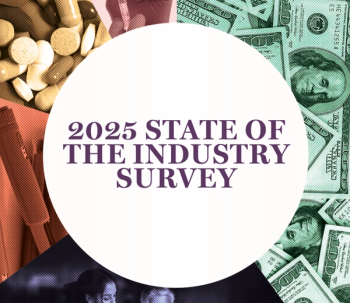
Seven Ways to Help Patients Access Costly Cancer Drugs
Two new studies reveal that cost-restraints can keep patients from accessing life-preserving cancer drugs.
Cost restraints can keep patients from accessing life-preserving cancer drugs, according to two recent studies.
A
Schafer
“Healthcare executives challenged with covering expensive new oncology treatments may question how much these drugs are changing the disease course for patients,” says Jeremy Schafer, PharmD, MBA, senior vice president, director – Payer Access Solutions, Precision for Value. “The study reinforces that, in breast cancer, the right drug in the right patient has meaningful effect in a real-world setting and can bend the survival curve. These findings should encourage healthcare executives to apply cost control programs that permit access to high-value drugs for appropriate patients.
“Applying blanket programs like those with high out-of-pocket costs may reduce both appropriate and inappropriate use, leading to worse outcomes in appropriate patients,” Schafer says.
Another
“The findings indicate that patients will forgo even crucial cancer treatment if they cannot afford it,” Schafer says. “Healthcare benefits with high out-of-pocket cost may reduce costs but have the potential to do so through prescription avoidance by both appropriate and inappropriate patients. The results were consistent across cancer types, even for treatments that have been proven to be life extending. New cancer treatments are costly, but many have shown significant benefit. In order to address the trends evident in the JAMA article, healthcare executives need to find ways to make high-value agents accessible for appropriate patients.”
Based on the two studies, Schafer offers these seven tips for healthcare executives:
- When reviewing new oncolytic agents, place an emphasis on understanding the characteristics of the appropriate patient type, so that those patients can be identified in policy.
- Consider the impact of specialty benefit designs that may deter drug utilization across both appropriate and inappropriate patients. High patient cost share is an example of such a design.
- For patients who are appropriate for therapy but exposed to a high cost share, consider implementing alternative avenues for these patients to afford therapy.
- Leverage cost-effectiveness tools and clinical data to identify high-value therapies and make access to those therapies easier.
- Do not assume that all patients will be able to get support through manufacturer programs. “Government patients, like those on Medicare, cannot use these programs and may be exposed to high cost,” Schafer says.
- Copay aggregator programs that prevent manufacturer program contributions from applying to the patient’s out-of-pocket maximum may save money but can also result in patients being confronted by high bills when the copay assistance program runs out.
- Make sure pharmacies in your network are able to connect patients with assistance programs both public and private to help appropriate patients stay on therapy. “Consider implementing a backup pathway at the plan to help patients afford a drug if all other methods are insufficient,” Schafer says.
Newsletter
Get the latest industry news, event updates, and more from Managed healthcare Executive.






















































